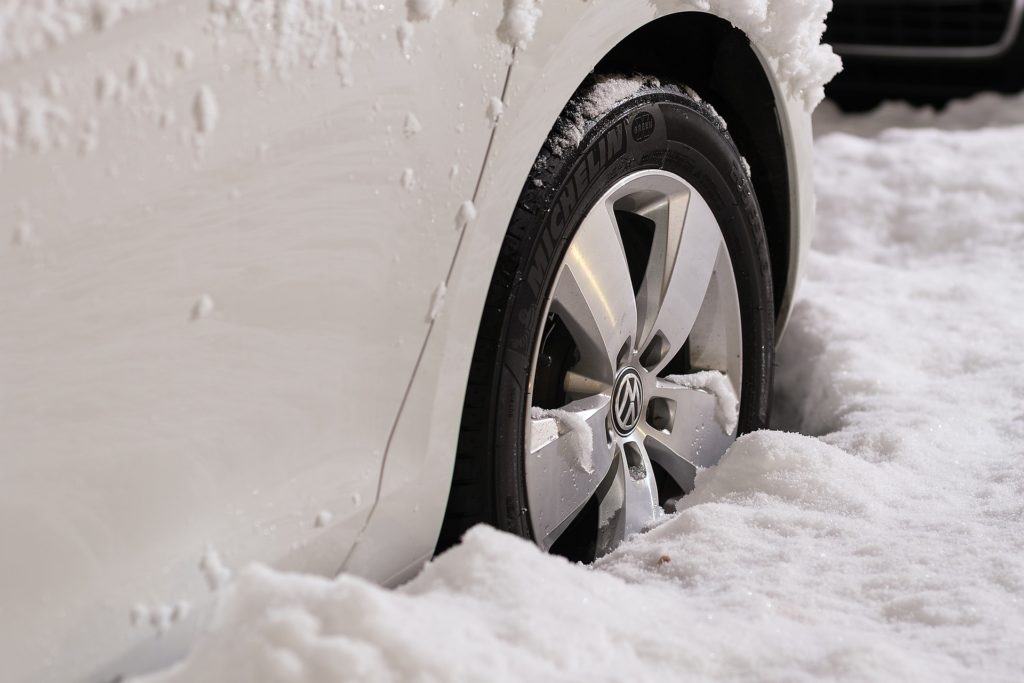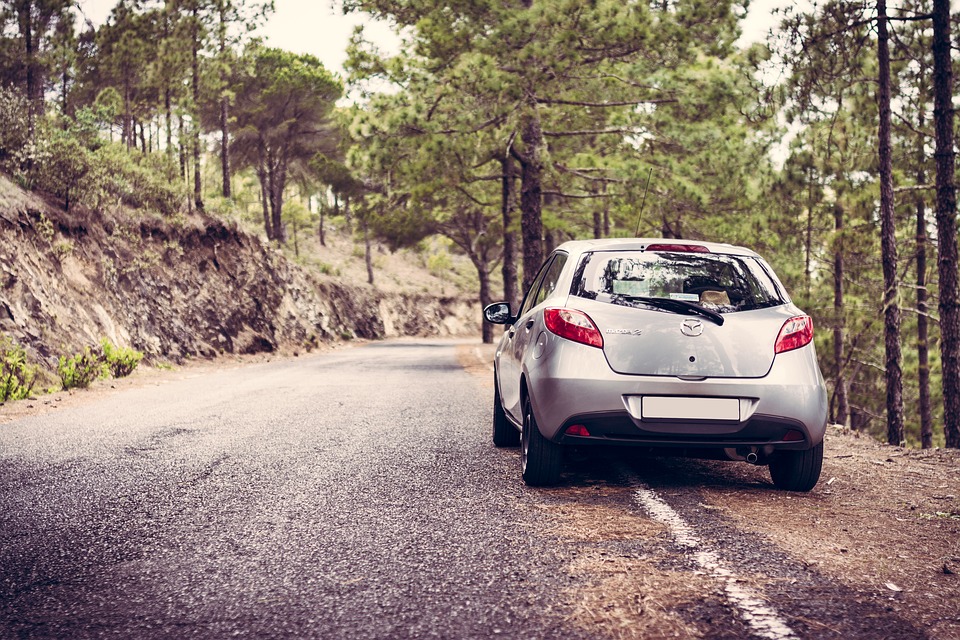 70% of accidental fatalities that occur during winter happen in cars.
70% of accidental fatalities that occur during winter happen in cars.
Low visibility, black ice, and poorly equipped vehicles means driving in the snow can be dangerous. But, luckily, there are precautions you can take to ensure you get from A to B safely.
The answer: reliable snow tires.
Not sure how to find the perfect snow tires? Don’t worry, we’ve got you covered.
What Are Snow Tires?
There are two types of snow performance tires: studless or those with lightweight studs. These studs are pins that are embedded and spread across the tread so they can grip snow and ice.
On the other hand, studless use various rubber compounds and tread patterns to improve traction. They work best on slush and packed snow thanks to deep grooves, and irregular surfaces with sharp edges. You can easily fit each type on your vehicle late fall so they’re ready to tackle wintry weather.
How Do Snow Tires Work?
The best snow tires have a deeper tread than summer tires and a unique pattern that provides extra grip. Snow tires are also great at weathering the cold. Their material lets them stay flexible, even in the lowest temperatures, so they perform well on icy roads.
What’s the Difference Between Tire Chains and Snow Tires?
Snow tire chains are useful for traction when you’re traveling in the mountains or on icy roads. But they’re not designed for driving at a highway speed or on bare sidewalks as you may damage the chains.
Does My Car Need Snow Tires?
Before comparing snow tire prices, consider where you live and whether they’re necessary. Nearly 70% of America’s highways are located in snowy regions, which receive over five inches of snow annually.
If you live in an area where the temperature is consistently below 45 degrees Fahrenheit, snow tires may be for you. Snow tires are far more effective, as they ensure you’re safe especially on unplowed roads.
And if you’re a parent, snow tires give you a peace of mind knowing your teen drivers are less likely to slip as they drive.
Consider Your Vehicle’s Drive
If you’re still not 100% sold on snow tires, see whether your vehicle would benefit from them. For example:
Front-Wheel Drive (FWD)
Heavy snowfall can make it difficult for a front-wheel vehicle to stop quickly. To help, snow tires improve your vehicle’s braking system during winter months.
All-Wheel Drive (AWD)
It’s likely you have an all-wheel drive if you live in areas with heavy snowfall. This is because they have more control over slick surfaces but to be extra safe, snow tires ensure you have a good grip on icy roads.
Rear-Wheel Drive (RWD)
Although rear-wheel drives don’t drive well in slippery conditions, you can optimize your vehicle for them. Most of an rear-wheel drive’s weight is in the front, which means there is less weight on the drive wheels.
Because of this, you could end up sliding sideways on slippery roads which is dangerous. If you have an rear-wheel drive and are driving in snowy conditions, invest in snow tires to guarantee your safety.
Four-Wheel Drive (4WD)
Trucks and SUVs fall into this category and are reliable vehicles when navigating roads in wintry conditions. Consider adding snow tires to your four-wheel drive as they provide more traction on icy roads.
Know Your Tire Size
Before you take the plunge, note the size of your tires because they must be the same measurement of the snow tires. To find out the size of your tires, check the sidewall. You’ll find code like P226/70 R18.
225 represents the width of the tread, the part that touches the road, and is measured in millimeters. The ’70’ shows the ratio (as a percentage) between the top of the tire and the width of the tread.
And the 18 shows the interior diameter of the tire, measured in inches.
Check the Quality of the Tires
To ensure you have the best tires, take time checking the snow tires or, if buying online, reading reviews. Compare the quality of different tires by looking at the grooves, flexibility, and lateral stiffness.
Remember, large grooves improve your traction on winter surfaces, perfect over snow and slush. Once you’ve gotten snow tires, mount them before the bad weather hits so you’re not caught off guard.
When the outside temperature drops below 45 degrees Fahrenheit for several days, it’s time to install the bad boys. During warmer months, remove snow tires and store them in black storage bags to prevent the rubber from drying or cracking. Also, store them in a cool, dry place.
Buy a Full Set of Tyres
It may be tempting to get snow tires for the front or back set, depending on your vehicle. But as snow tires change your vehicle’s performance drastically in winter conditions, get a set of four to guarantee a safe journey.
That’s How You Get Reliable Snow Tires!
It’s possible to buy reliable snow tires once you know the severity of your local roads in the winter and your vehicle type. If you have an rear-wheel drive vehicle then get snow tires for the front wheels to ensure driving is smooth and safe in snowy conditions.
Always double-check testimonials and the manufacturer to ensure their tires are durable and safe to use. Happy driving!
Did you find this article helpful? If so, check out more of our articles on everything from Fashion to Fitness.









